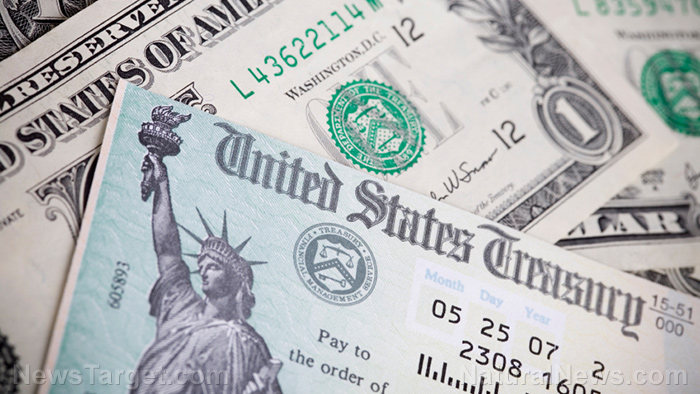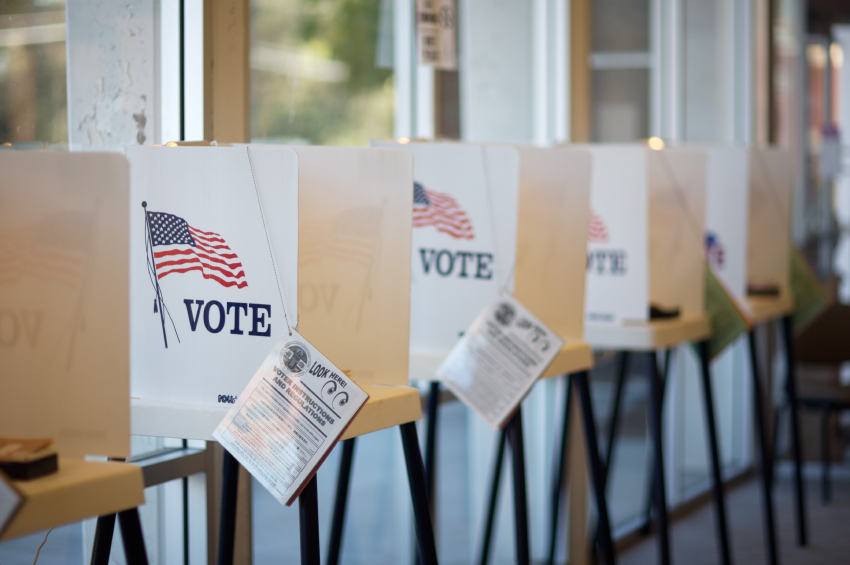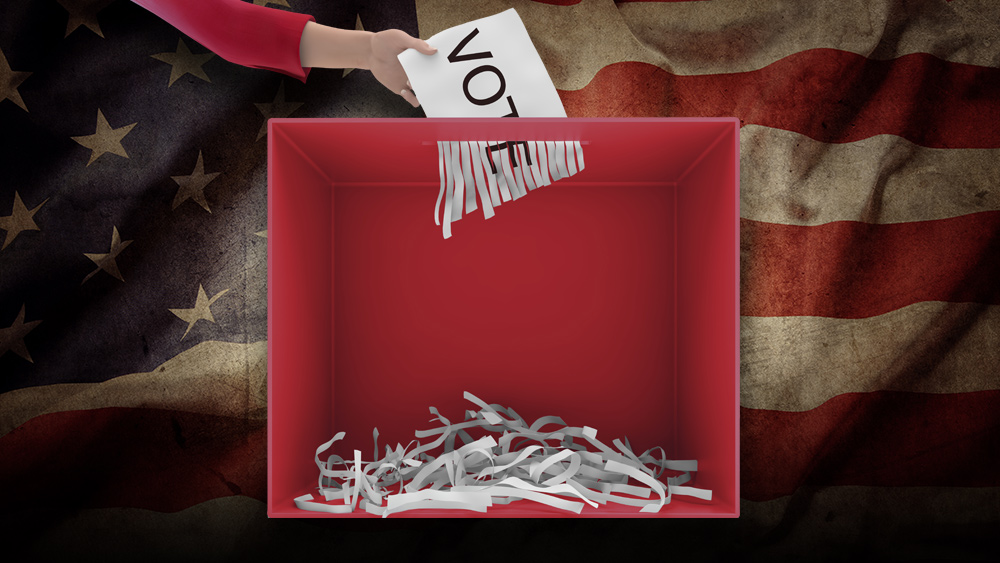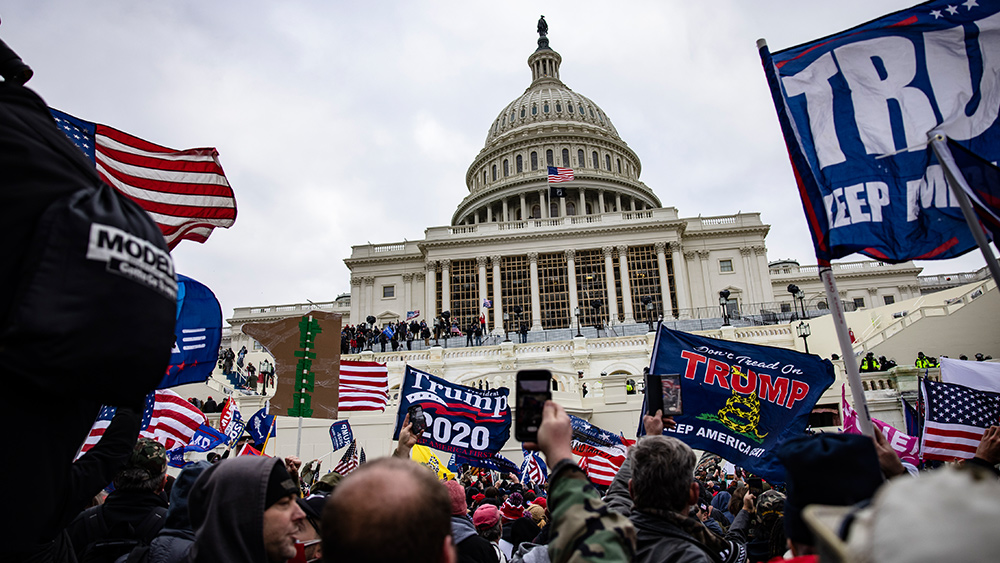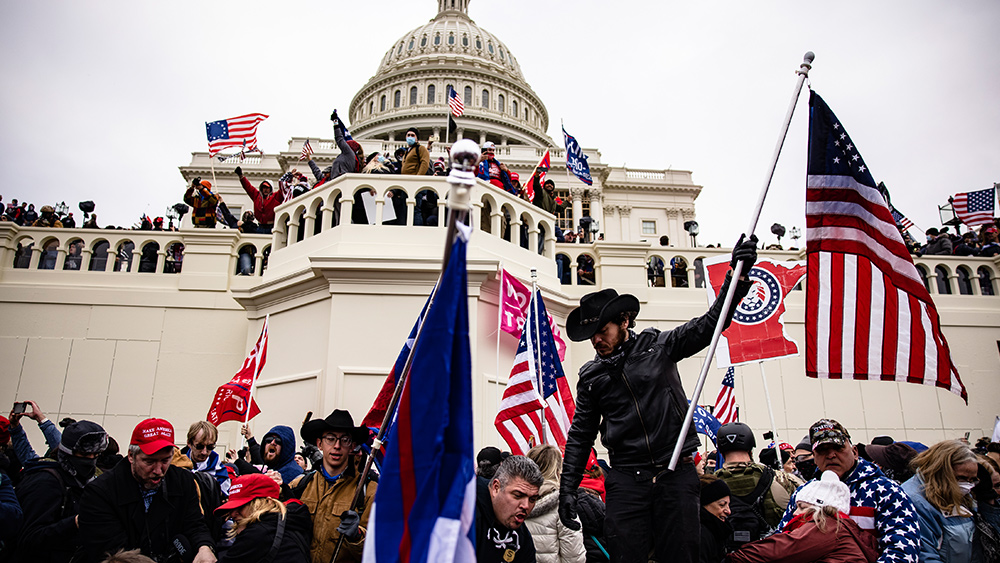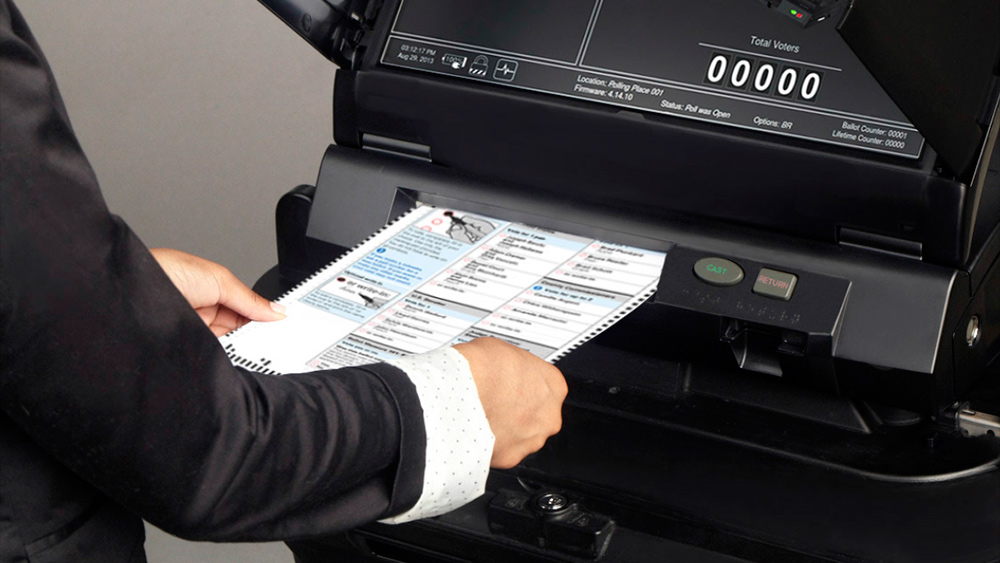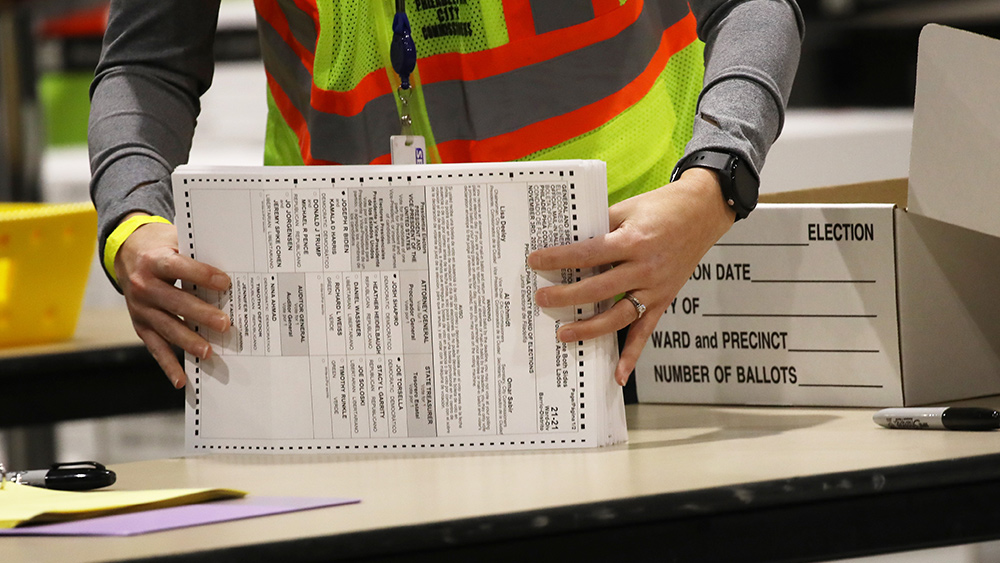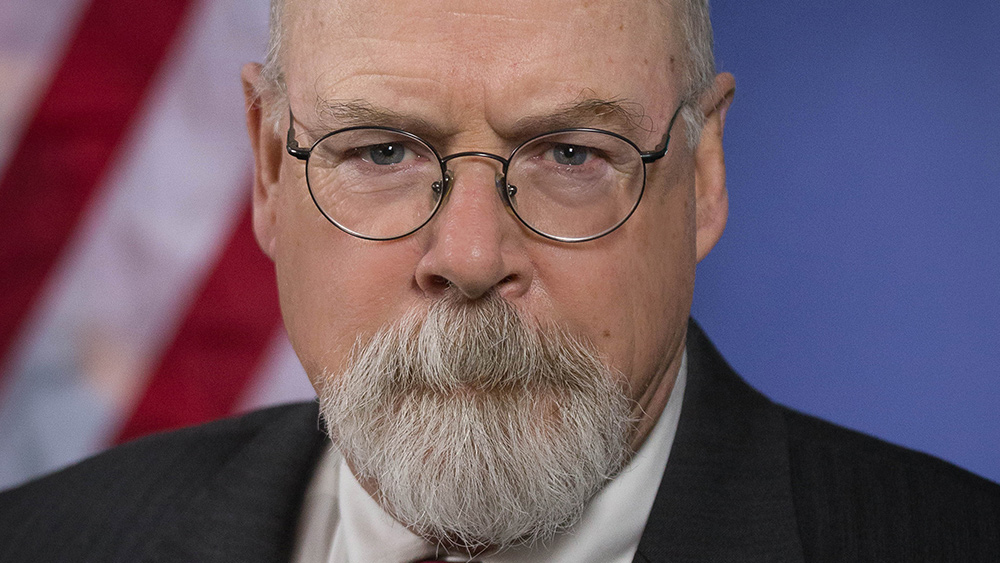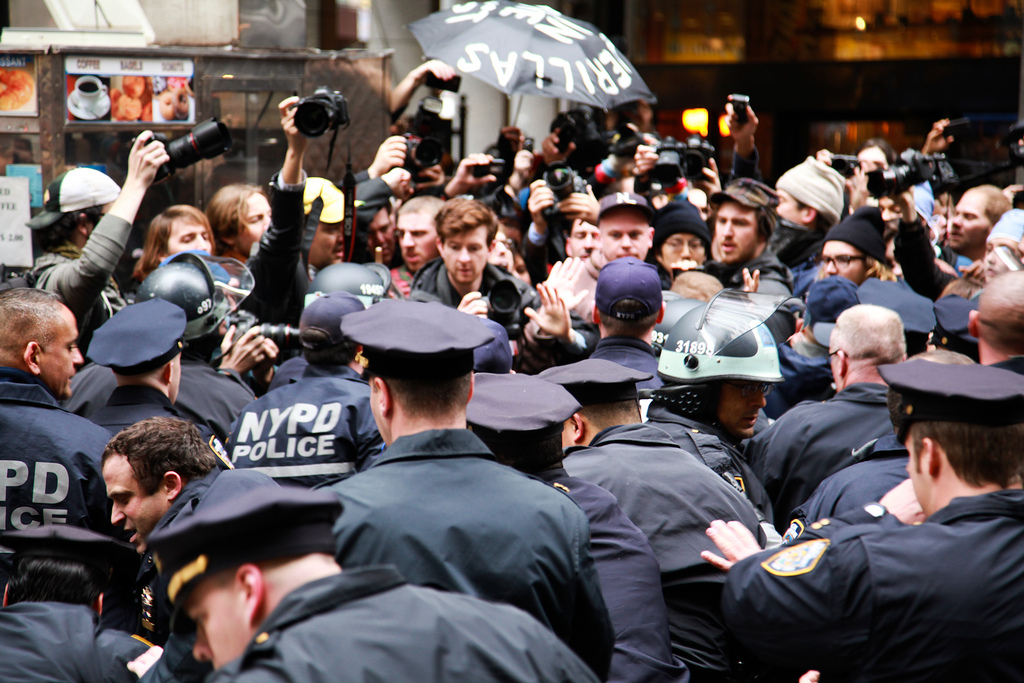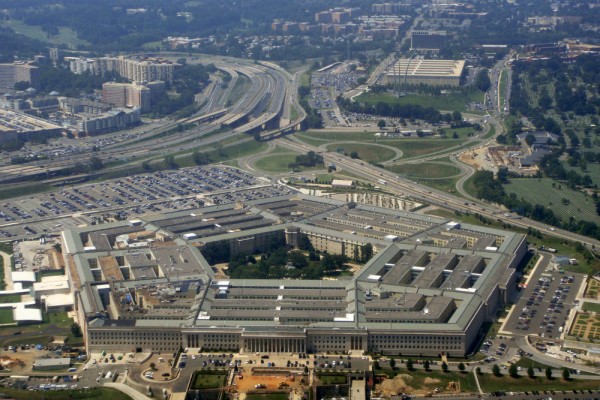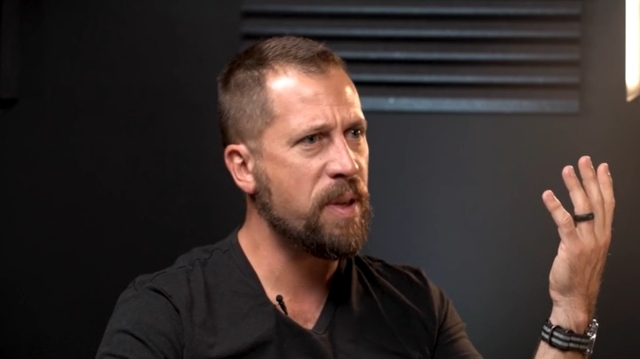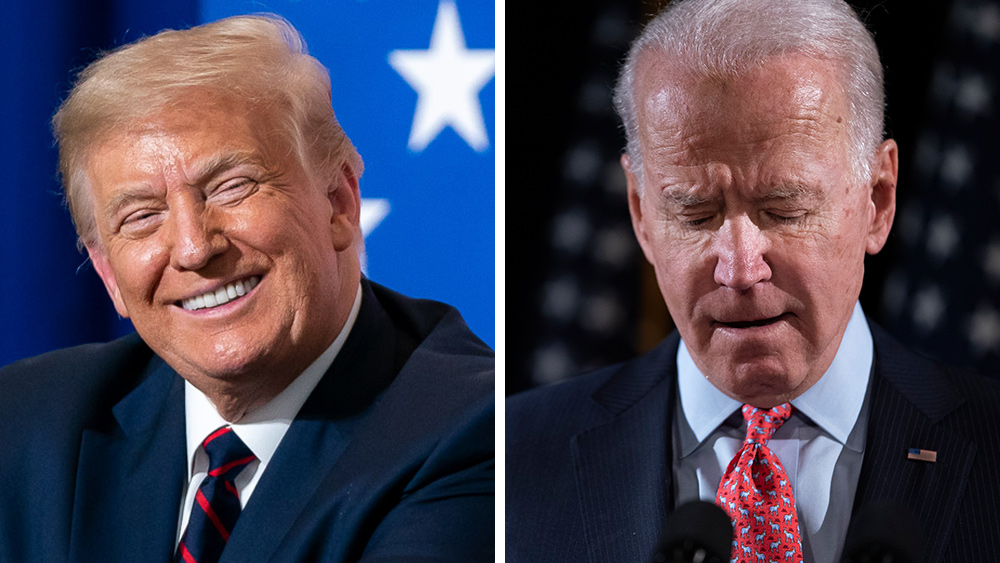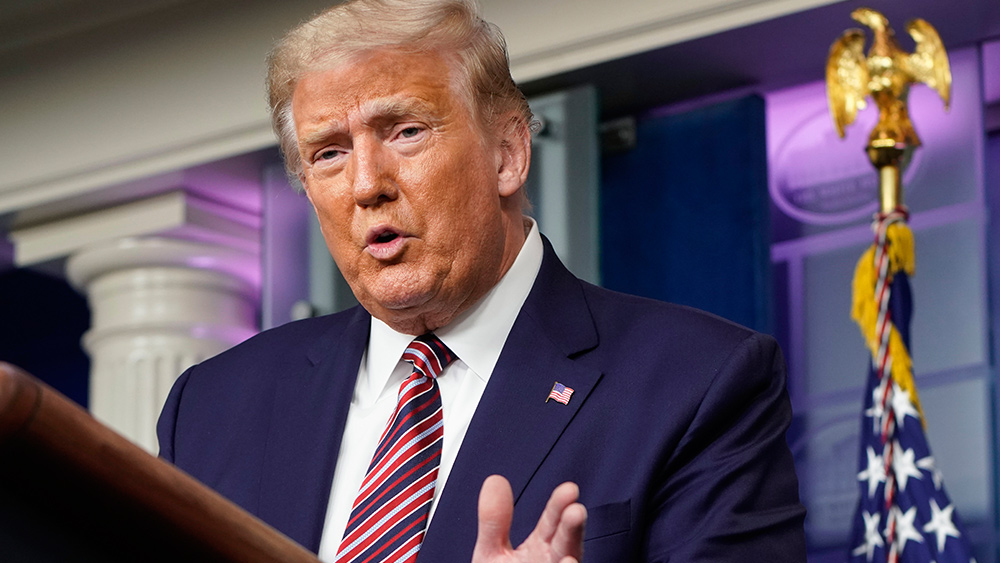The first fully post-FBI shocker ABC/WaPo poll is out and it is a shocker: in a poll that saw Hillary lead by a dominating 13 points as recently as one week ago, moments ago ABC/WaPo/Langer Research announced that Trump has not only taken the lead from Hillary, but this is the first time he has done so since May.
Article by Tyler Durden
As a reminder, this is the same poll that as we reported over the weekend, effectively confirmed to “poll tampering” which saw Hillary’s lead collapse from 12 points to just 2 several days ago.
While vote preferences have held essentially steady, Hillary is now a slim point behind Donald Trump, a first since May, in the latest ABC News/Washington Post tracking poll. Forty-six percent of likely voters support Trump in the latest results, with 45 percent for Clinton. Taking it to the decimal for illustrative purposes, a mere .7 of a percentage point divides them. Third-party candidate Gary Johnson has 3 percent, a new low; Jill Stein, 2 percent. The reason: according to ABC, “strong enthusiasm for Hillary Clinton has ebbed since the renewal of the FBI’s email investigation.”
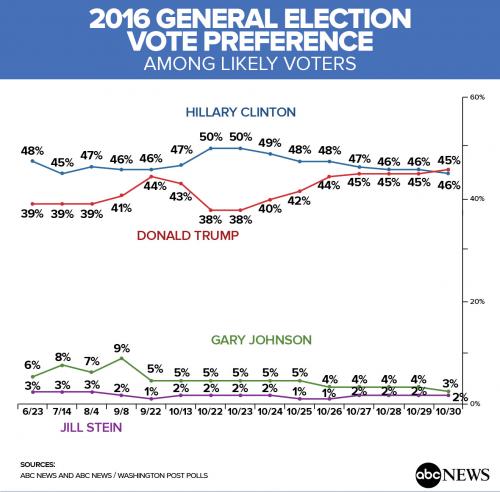
What is most stunning is that the Democrat oversampling in the poll has now grown to a whopping 10 points!
According to the poll, self-identified Democrats outnumber Republicans among likely voters by 10 points, 38 to 28 percent. There are three reasons why the race is so close despite the major overrepresentation of democrats:
- One, this narrows to a 5-point gap, 48-43 percent, including independents who lean toward one party or the other.
- The second is Trump’s advantage among pure independents, as noted –- even though they account for just 7 percent of all likely voters.
- And the third is the fact that Trump wins 9 percent of Democrats and Democratic leaners, while Clinton is supported by 6 percent of Republicans and those who lean toward the GOP –- another slight difference, and not statistically significant.
But in contests this close, small differences add up. Vote preference results are essentially identical in 23 likely voter models produced for diagnostic purposes, with turnout estimates ranging from 43 to 81 percent of the voting-age population. Seventeen of the individual models produce a 45-46 percent Clinton-Trump race, as does the average of all 23.
As a result, Trump now leads Clinton by 8 points in the share of voters who are very enthusiastic about their choice as of Friday. But, compared to past elections it’s low for both of them –- 53 percent for Trump, 45 percent for Clinton.
Strong enthusiasm for Clinton has lost 7 points since the start of tracking, especially Friday through Sunday. This is possibly an after-effect of the renewed controversy over her use of a private email server while secretary of state. Trump’s strong enthusiasm has held steady in tracking, which started Oct. 20.
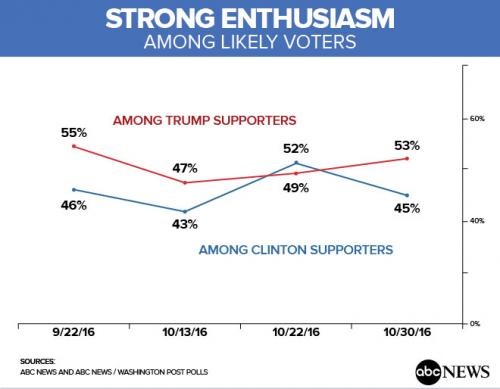
To be sure, the 1-point Clinton-Trump race overall is well within the survey’s margin of sampling error, and the notoriously goalseeked poll may have been merely constructed in a way to wake Democrats from their slumber and get them to vote in a race that was all but decided as recently as last week. Combining the last seven nights, across which results have been very stable, the results flip to 46-45 percent, Clinton-Trump, with .4 percentage point gap. Again, it is not a significant difference.
Either way, the results are exceedingly close. Trump’s +1 is a noteworthy result; he’s led Clinton numerically just once before, +2 in late May (among registered voters in a two-way test), after he clinched the GOP nomination while Clinton was still in a duel with Bernie Sanders in the Democratic race. Although the election is close at this point, vote preference results a week out are not necessarily predictive of the final result. Mitt Romney was +1 vs. Barack Obama in comparable tracking poll results in 2012, for example, and John Kerry was +1 vs. George Bush a week out in 2004.
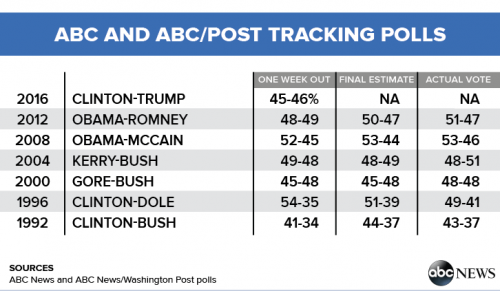
Some more observations from ABC:
Clinton’s support rests in part on early voting: A fifth of those identified as likely voters (21 percent) say they’ve in fact already voted. While the sample isn’t large (thus an error margin of +/-7 percentage points), they divide by 55-39 percent, Clinton-Trump. That said, early voting estimates can change given state-level rules, turnout and sampling variability. Early voting estimates in the 2012 ABC/Post tracking poll ranged from +17 for Obama to +4 for Romney in four-night averages, settling at +3 for Obama.
The latest results, while steady for seven nights, reflect a sharp turnaround from a large Clinton lead in the first four nights of tracking, which were a particularly difficult news cycle for Trump.
Among other factors, there’s been consolidation for Trump among Republicans and GOP-leaning independents (86 percent now back him, up from 80 percent). He has also seen improvement among pure independents (i.e., those who don’t lean toward either party), up from an even split to a large Trump advantage, 25 percent Clinton to 54 percent Trump, across the past seven nights (combined for a larger samples size). Seventeen percent of pure independents pick someone else.
Among Democrats and Democratic leaners, meanwhile, Trump’s support has gone from 5 to 9 percent — a slight change, but a statistically significant one. Clinton’s support has been essentially steady.
* * *
Expect Trump to seize on this latest poll in all public announcements today as indication of a dramatic turnaround, while the Clinton Campaign will do everything it can to urge Democrats “to go out and vote”, and salvage an election that had been virtually assured for Hillary as recently as the last week of October.
Read more at: zerohedge.com
Submit a correction >>





